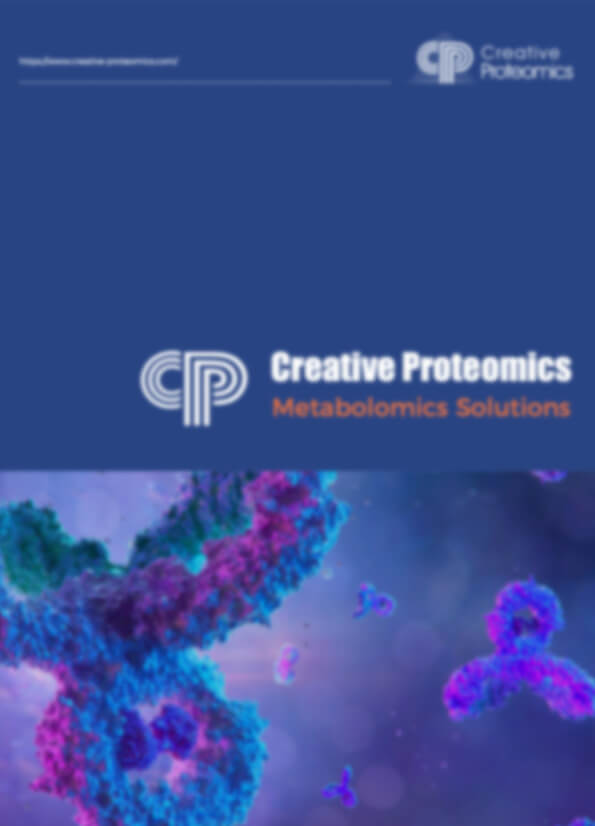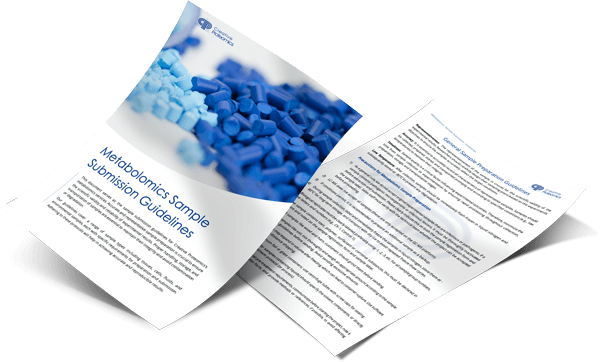Maleic Acid Analysis Service
Creative Proteomics provides high-accuracy maleic acid analysis for food safety, environmental monitoring, and industrial quality control. Using advanced LC-MS/MS and GC-MS platforms, we detect trace levels of maleic acid and related compounds in complex samples—helping clients ensure compliance, monitor pollutants, and validate product formulations.
Submit Your Request Now
×- What We Provide
- Advantage
- Workflow
- Technology Platform
- Sample Requirements
- FAQs
- Case Study
Overview of Maleic Acid
Maleic acid (cis-butenedioic acid) is a dicarboxylic acid widely present in industrial, agricultural, and biological systems. As a critical intermediate in metabolic pathways, maleic acid serves functions in the tricarboxylic acid (TCA) cycle, nitrogen metabolism, and environmental biodegradation processes. In the industrial realm, it is utilized as a precursor in resins, coatings, and plasticizers, while in food safety and pharmaceutical development, trace detection of maleic acid is critical due to its potential toxicity when consumed in unregulated amounts.
Why Analyze Maleic Acid?
Accurate analysis of maleic acid is crucial across multiple sectors:
- Toxicology & Food Safety: Unintentional maleic acid adulteration in starch-based food products poses health risks. High-precision quantification ensures regulatory compliance.
- Metabolomics Research: Maleic acid is a diagnostic metabolite for mitochondrial dysfunction and can indicate disruptions in the TCA cycle or amino acid metabolism.
- Environmental Monitoring: Tracks pollutant biodegradation and assesses ecotoxicological effects.
- Industrial Quality Control: Verifies chemical integrity in product formulation, particularly in polymers and pharmaceuticals.
Maleic Acid Analysis Service Offered by Creative Proteomics
- Targeted Quantitative Maleic Acid Detection: Accurate quantification of maleic acid in biological fluids (serum, plasma, urine), tissues, food matrices, environmental samples, and industrial materials.Absolute concentration calculation using stable isotope-labeled internal standards. Ideal for pharmacokinetic, toxicology, and quality control studies.
- Maleic Acid Isomer Differentiation and Profiling: Differentiation and quantification of cis- (maleic acid) and trans- (fumaric acid) isomers. High-resolution chromatography combined with mass spectrometry ensures clear isomer separation and reliable detection.
- Related Organic Acids Profiling: Simultaneous detection of structurally related and pathway-associated organic acids, including succinic acid, malic acid, oxalic acid, and glutaric acid. Supports deeper investigation into TCA cycle activity, mitochondrial function, and metabolic disorders.
- Metabolic Pathway Mapping: Integration of maleic acid data into known metabolic networks (e.g., TCA cycle, glyoxylate and dicarboxylate metabolism). Enables pathway-level interpretation and biomarker discovery.
- Food and Feed Additive Screening: Sensitive detection of maleic acid as an unauthorized additive in food starches, gelatin-based snacks, or animal feeds.
- Environmental Monitoring and Degradation Analysis: Quantification of maleic acid in water, soil, and industrial waste samples. Useful in studies of environmental impact, pollutant degradation, and eco-toxicological risk assessment.
Detected Maleic Acid and Related Analytes
| Category | Analyte Name | Related Metabolic Pathway(s) | Scientific Relevance |
|---|---|---|---|
| Primary Target | Maleic Acid | TCA Cycle, Glyoxylate and Dicarboxylate Metabolism | Core analyte; primary focus of this analysis |
| Isomer | Fumaric Acid | TCA Cycle | Trans-isomer; involved in energy metabolism |
| TCA Intermediate | Succinic Acid | TCA Cycle | Direct downstream product from fumarate |
| TCA Intermediate | Malic Acid | TCA Cycle | Converts into fumarate; upstream component |
| Cycle Initiator | Citric Acid | TCA Cycle | First metabolite in TCA; pathway normalization marker |
| Energy/Nitrogen Metabolism | 2-Oxoglutaric Acid | TCA Cycle, Amino Acid Degradation | Key node between carbon and nitrogen flux |
| Organic Acid Marker | Oxalic Acid | Biodegradation Pathway | Detected in environmental and plant metabolism |
| Toxicology Marker | Glutaric Acid | Lysine & Tryptophan Catabolism | Abnormal levels signal organic acidurias |
| Food Safety Indicator | Tartaric Acid | Food Matrix Contaminant | Co-monitored in starch-based food safety testing |
| Environmental Marker | Formic Acid | Microbial Fermentation, Biodegradation | Co-detected in fermentation byproducts |
Advantages of Maleic Acid Assay
- Ultra-Low Detection Limits: LOD as low as 0.1 ng/mL, LOQ typically 0.5–1.0 ng/mL, enabling trace detection in complex matrices.
- High Precision & Reproducibility: Intra-assay CV < 5.0%, inter-assay CV < 8.0% ensures stable, repeatable results for large-scale studies.
- Broad Linear Dynamic Range: Quantifiable from 0.5 ng/mL to 10,000 ng/mL, suitable for low-dose exposure and high-concentration samples.
- Superior Isomer Separation: Full resolution (Rs > 1.8) of maleic and fumaric acid isomers using high-performance HPLC-MS/MS.
- Multi-Matrix Compatibility: Validated in 15+ matrices including plasma, urine, plant extracts, food starch, soil, and wastewater.
- Rich Analytical Outputs: Delivers chromatograms, peak tables, calibration curves, and optional bioinformatics (PCA, pathway mapping).
Workflow for Maleic Acid Analysis Service
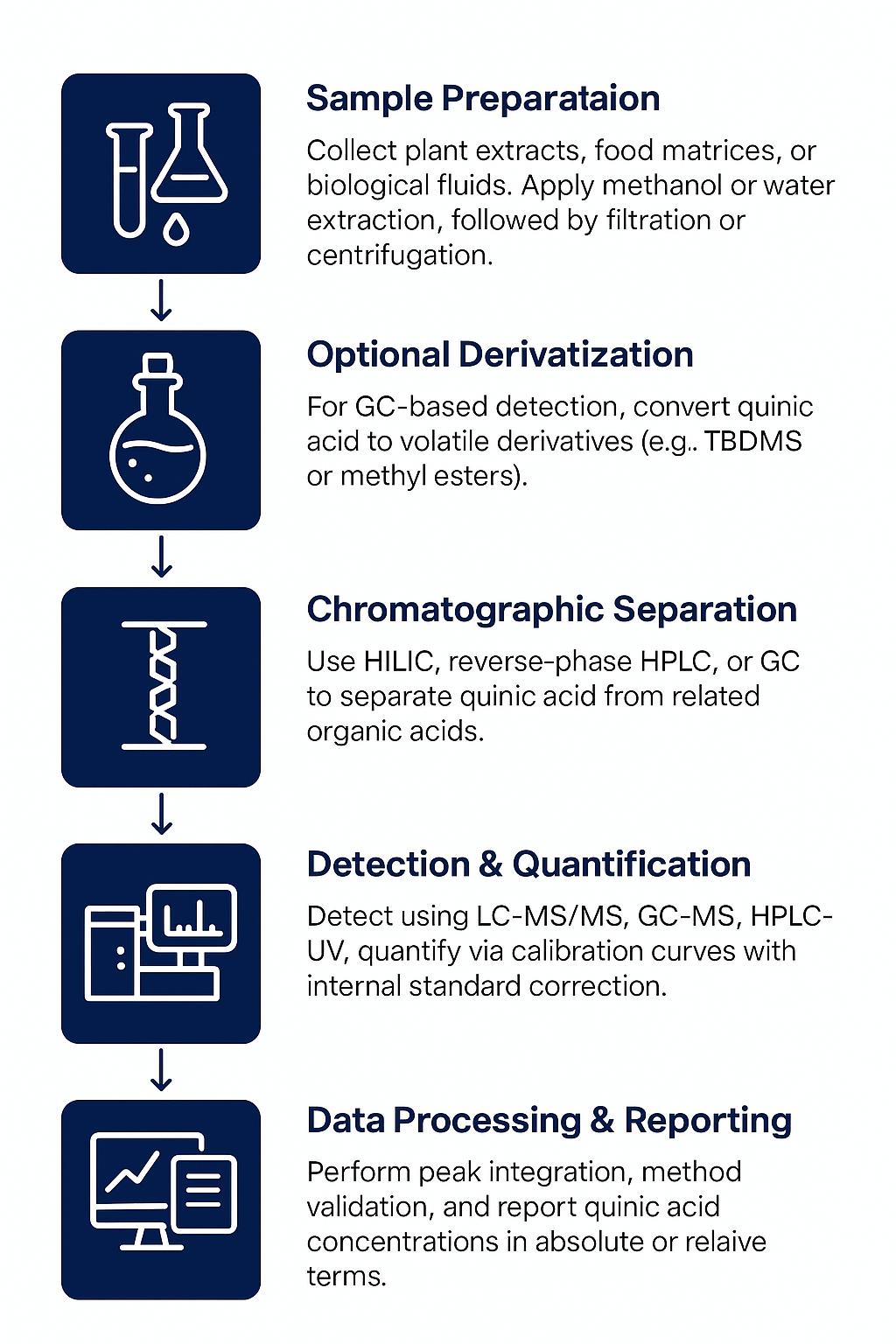
Technology Platform for Maleic Acid Analysis Service
Agilent 6495C Triple Quadrupole LC-MS/MS: Offers ultra-high sensitivity and precision for low-abundance maleic acid detection in complex biological matrices.
Agilent 7890B-5977A GC-MS: Ideal for volatile and semi-volatile compounds; widely used in environmental, food, and industrial sample analysis.
Agilent 1260 Infinity II HPLC: Provides excellent chromatographic resolution for separating maleic acid from structural isomers like fumaric acid.
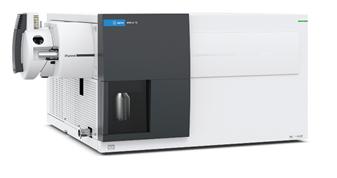
Agilent 6495C Triple Quadrupole (Figure from Agilent)
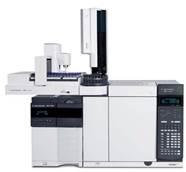
Agilent 7890B-5977A (Figure from Agilent)
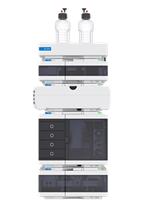
Agilent 1260 Infinity II HPLC (Fig from Agilent)
Sample Requirements for Maleic Acid Analysis Service
| Sample Type | Minimum Volume / Mass Required | Storage Condition | Notes |
|---|---|---|---|
| Serum / Plasma | ≥ 100 μL | -80°C | Avoid repeated freeze–thaw cycles |
| Urine | ≥ 200 μL | -80°C | Preferably collected in sterile tubes |
| Cell Lysates | ≥ 200 μg total protein | -80°C | RIPA-free buffers recommended |
| Tissue (Animal/Plant) | ≥ 30 mg | -80°C | Snap-frozen in liquid nitrogen preferred |
| Culture Media / Supernatant | ≥ 500 μL | -20°C to -80°C | Remove cells/debris before storage |
| Food / Starch Samples | ≥ 1 g (solid) / ≥ 1 mL (liquid) | 4°C or -20°C | Homogenized and sealed if possible |
| Environmental Samples (Water, Soil) | ≥ 10 mL (liquid) / ≥ 2 g (solid) | 4°C or -20°C | Filter or air-dry if needed |
FAQ of Maleic Acid Analysis Service
What types of sample preparation do I need to do before sending samples?
Minimal preparation is required. For biological samples, we recommend centrifugation to remove debris. For solids (e.g., starch or soil), homogenize and seal. We can advise based on your sample type.
Can you handle high-throughput projects with hundreds of samples?
Yes, our platform supports batch processing with strict QC for reproducibility. We provide fast turnaround and batch-level consistency reports.
Can you help interpret the data or integrate it into my research?
Absolutely. We offer optional data interpretation services, including pathway analysis and statistical summaries tailored to your project goals.
How stable is maleic acid in samples? Should I be concerned about degradation during shipping?
Maleic acid is stable under frozen or refrigerated conditions. Use insulated packaging with ice or dry ice for shipping. Contact us for specific sample handling advice.
Can you distinguish maleic acid from similar acids like fumaric acid in mixed samples?
Yes. Our method achieves full chromatographic resolution of maleic and fumaric acid, ensuring accurate identification and quantification of each isomer.
Do you provide method validation data for your assays?
Yes. On request, we can share validation metrics including LOD, LOQ, linearity, recovery, and precision specific to your sample matrix.
Learn about other Q&A.
Maleic Acid Analysis Service Case Study
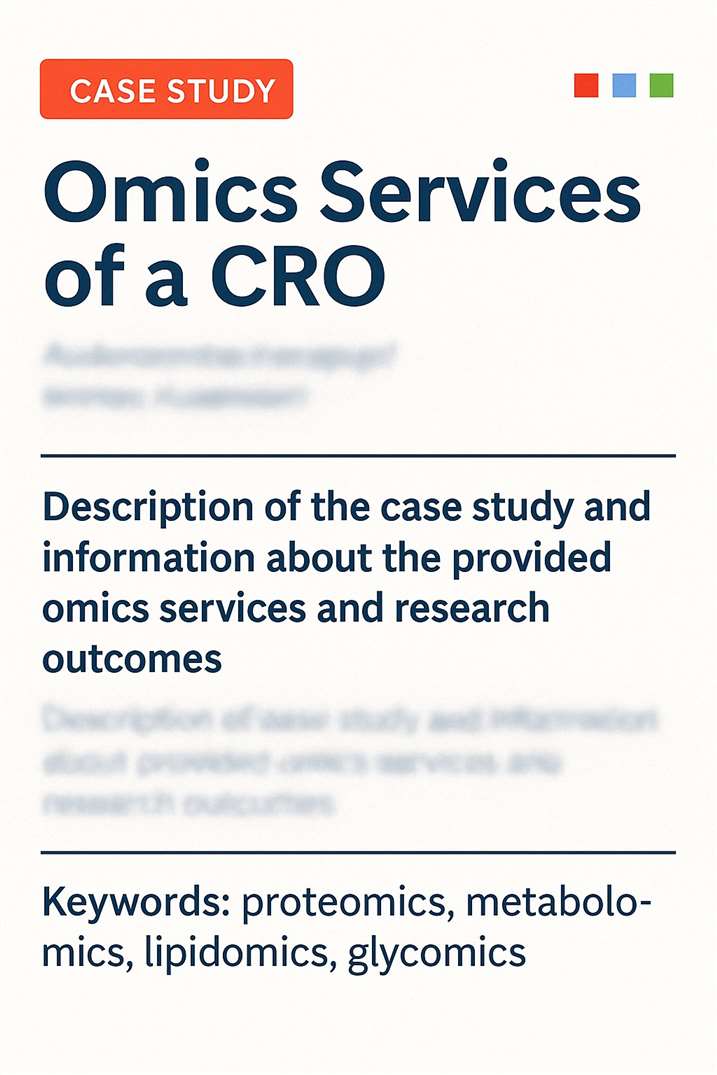
Title: Determination of Organic Acids in Honey by Liquid Chromatography with Tandem Mass Spectrometry
Journal: Springer Science+Business Media, LLC, part of Springer Nature
Published: 2020
- Background
- Methods
- Results
- Conclusion
- Reference
Organic acids in honey, though comprising less than 0.5% of its constituents, significantly influence honey's color, flavor, pH, and antimicrobial and antioxidant properties. They also help identify the botanical origin of honey. The primary organic acid in honey is gluconic acid, produced mainly by bee glucose oxidase activity on nectar glucose and certain bacteria. Existing methods for quantifying organic acids, such as enzymatic assays, capillary zone electrophoresis, and chromatography, face challenges like long analysis times, low sensitivity, or complex sample preparation. Liquid chromatography–tandem mass spectrometry (LC-MS/MS) offers improved sensitivity and selectivity but had not previously been applied to honey organic acid analysis. This study aims to develop a rapid, sensitive LC-MS/MS method for determining organic acids in honey and to evaluate matrix effects, detection limits, and repeatability for key acids like gluconic, tartaric, malic, citric, and succinic acids.
This study employed a validated LC-MS/MS method for the quantification of five organic acids (gluconic, tartaric, malic, citric, and succinic acids) in honey. Analytical standards were prepared using ultrapure water, and honey samples from various countries were diluted appropriately. Gluconic acid samples underwent pH adjustment and hydrolysis prior to analysis. All samples were filtered through 0.45-μm membranes.
Separation was performed on an InertSustain AQ-C18 column using a gradient of formic acid (0.1%) and acetonitrile at 0.4 mL/min. Detection was conducted using electrospray ionization in negative mode on a TSQ Quantum MS system. Specific m/z transitions were monitored for each acid. Method validation included linearity, matrix effects, LOD/LOQ, and reproducibility using solvent and matrix-matched calibration curves, with results evaluated according to EU Commission Decision 2002/657/EC.
Table 1 Retention times and LC-MS/MS conditions for the target organic acids

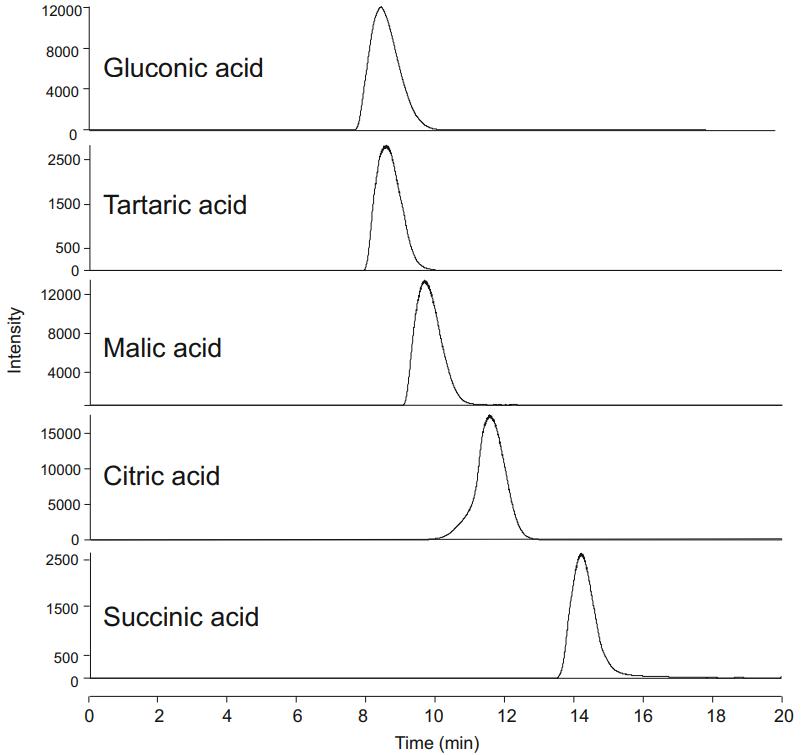 Ion chromatograms of standard reagents (10 mg/kg) of the five target organic acids
Ion chromatograms of standard reagents (10 mg/kg) of the five target organic acids
Creative Proteomics Services
Creative Proteomics can support similar research by offering:
- Targeted Metabolomics Analysis via LC-MS/MS for organic acids
- Custom Method Development & Validation (LOD, LOQ, linearity, matrix effects)
- Sample Preparation Optimization including hydrolysis and pH adjustment
- Complex Matrix Analysis (e.g., honey, food, biological fluids)
- Quantitative Analysis Using Standard Addition Method
- Multi-day Reproducibility Studies
These services are ideal for clients requiring precise quantification of trace-level metabolites in complex samples.
- Calibration curves for all target organic acids showed excellent linearity (R² = 0.985–0.999).
- Significant matrix effects were observed; thus, a standard addition method was used.
- LODs ranged from 0.005 to 0.70 mg/kg, demonstrating higher sensitivity (8–31×) than HPLC and enzymatic methods.
- Intra-day and inter-day RSDs (2.2–14.5%) met the acceptable limit (<15%), confirming method reliability.
- Among 25 honey samples, gluconic acid was the most abundant (2995.6 ± 1602.3 mg/kg; 64.6–99.8% of total acids), followed by malic and citric acids.
- Tartaric acid was least detected, present in only 5 samples.
- Significant correlations were found: citric-succinic acid (R = 0.91), malic-succinic (R = 0.79), and gluconic-citric (R = 0.83), suggesting biochemical linkage via bee enzyme activity and the TCA cycle.
- PCA explained 93.0% of variation; high organic acid levels co-occurred, and manuka honey showed distinct citric acid levels.
The LC-MS/MS method developed is sensitive, selective, and reproducible for organic acid quantification in honey. Gluconic acid dominated the profiles, and the observed acid correlations support their biosynthesis via bee enzymes and TCA cycle. This method holds potential for applications in food authenticity, metabolic studies, and contaminant evaluation.
Reference
- Suto, Momoka, Hiroto Kawashima, and Yasunori Nakamura. "Determination of organic acids in honey by liquid chromatography with tandem mass spectrometry." Food Analytical Methods 13.12 (2020): 2249-2257. https://doi.org/10.1007/s12161-020-01845-w
Publications
Here are some publications in Metabolomics research from our clients:

- Modulation of the tick gut milieu by a secreted tick protein favors Borrelia burgdorferi colonization. 2017. https://doi.org/10.1038/s41467-017-00208-0
- Novakomyces olei sp. nov., the First Member of a Novel Taphrinomycotina Lineage. 2021. https://doi.org/10.3390/microorganisms9020301
- Ketone bodies are mildly elevated in subjects with type 2 diabetes mellitus and are inversely associated with insulin resistance as measured by the lipoprotein insulin resistance index. 2020. https://doi.org/10.3390/jcm9020321
- A personalized probabilistic approach to ovarian cancer diagnostics. 2024. https://doi.org/10.1016/j.ygyno.2023.12.030
- Multiomics of a rice population identifies genes and genomic regions that bestow low glycemic index and high protein content. 2024. https://doi.org/10.1073/pnas.2410598121
